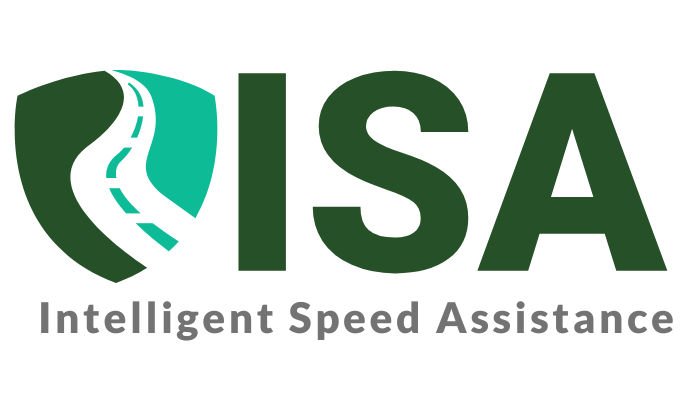The concept of controlling vehicle speed to enhance road safety is not new. However, the evolution of technology has paved the way for a more sophisticated approach – Intelligent Speed Assistance (ISA). This blog post delves into the fascinating history of ISA, highlighting key milestones and breakthroughs that have brought us to where we are today.
Early Concepts: The Seed of Speed Control
The idea of regulating vehicle speed dates back to the early days of automobiles. Early measures included:
- Speed Limits: The first recorded speed limit legislation was implemented in the late 19th century in the United Kingdom. These early regulations were often location-specific and focused on populated areas.
- Governors: Mechanical speed governors were introduced in the early 20th century. These devices physically limited engine power, preventing vehicles from exceeding a set speed.
These early approaches laid the groundwork for the development of more sophisticated speed control technology.
The Rise of Electronics: Paving the Way for ISA
The mid-20th century saw a significant advancement with the introduction of electronic speedometers. This technology provided a more accurate and reliable way to measure vehicle speed, paving the way for electronic speed control systems.
The 1970s: Fuel Crisis and the Birth of Cruise Control
The 1970s oil crisis triggered an increased focus on fuel efficiency. This period witnessed the widespread adoption of cruise control systems, which allowed drivers to maintain a constant speed, potentially leading to improved fuel economy. While not directly related to safety, cruise control systems introduced the concept of electronically controlled speed regulation in vehicles.
The 1990s and Beyond: The Dawn of ISA
The 1990s saw significant advancements in technology, particularly in the areas of GPS and sensor technology. This paved the way for the development of the first generation of ISA systems. These early systems utilized GPS data to determine the posted speed limit and provided visual or audible alerts when drivers exceeded the limit.
The 21st Century: Advancements and Legislation
The 21st century has witnessed a rapid evolution of ISA technology. Here are some key milestones:
- Camera Recognition: The integration of camera recognition technology in ISA systems allows for real-time detection of posted speed limits on road signs, enhancing accuracy and flexibility.
- Advanced Driver-Assistance Systems (ADAS) Integration: Modern ISA systems are increasingly integrated with ADAS features like lane departure warnings, creating a comprehensive safety suite within vehicles.
- Legislation and Regulations: Several countries and regions are exploring or implementing legislation that mandates ISA in new vehicles. This reflects the growing recognition of the technology’s potential to improve road safety.
Examples of ISA Legislation:
- The European Union (EU) has made significant progress in promoting ISA technology. In 2019, the EU issued a regulation requiring new car models to be equipped with Intelligent Speed Assistance starting in 2022.
- Japan has also taken steps toward mandatory ISA implementation. In 2020, the Japanese government announced plans to require ISA systems in all new vehicles by 2024.
The Future of ISA: A Look Ahead
The future of ISA holds immense promise for further enhancing road safety. Here are some potential areas of development:
- Artificial Intelligence (AI): AI could personalize speed warnings based on individual driving patterns and real-time road conditions (e.g., weather, traffic congestion).
- V2X Communication: Vehicle-to-everything (V2X) communication could allow ISA systems to receive real-time speed limit updates from traffic management infrastructure.
- Ubiquitous Adoption: Similar to features like seat belts and airbags, ISA could become a mandatory safety feature in all vehicles, leading to a significant decrease in speeding violations and accidents.
The history of ISA demonstrates a continuous evolution of technology aimed at promoting safer driving practices. From early speed limits and mechanical governors to the sophisticated systems of today, we’ve come a long way. As ISA technology continues to develop and gain wider adoption, the future of our roads promises to be safer for everyone. Learn more about current ISA technology on our ISA Information page.

